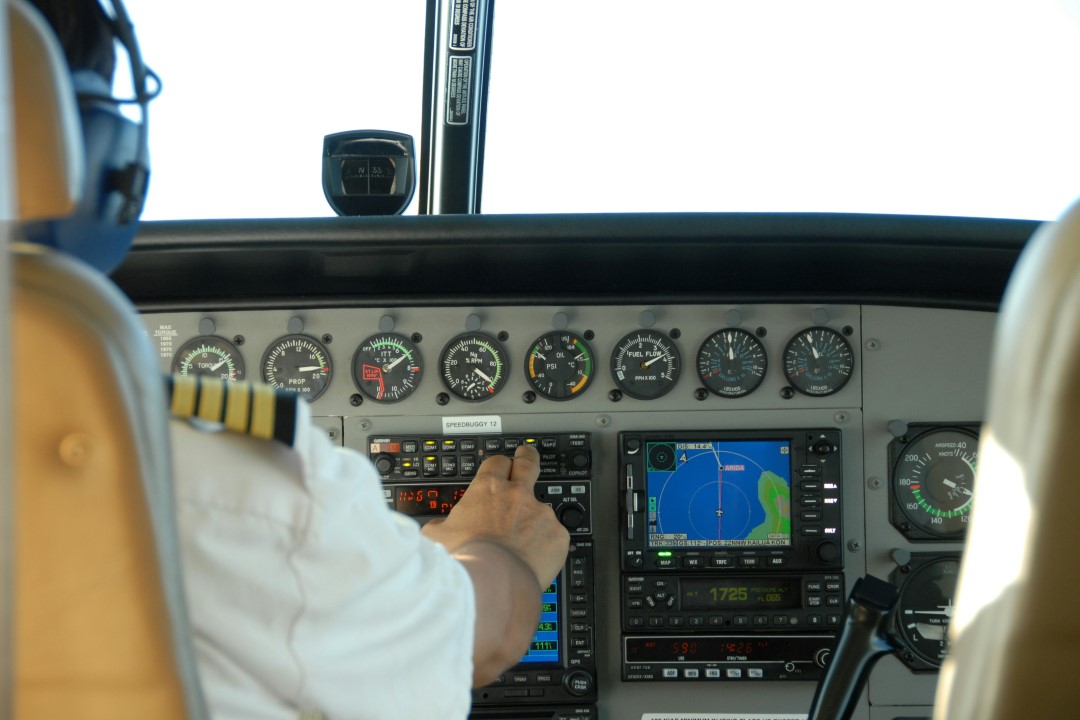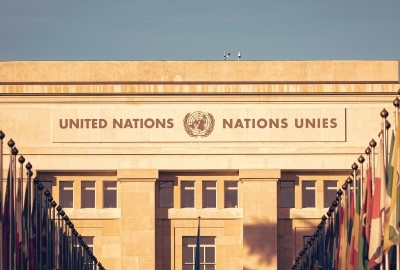Green procedures help cut emissions
‘Green operating procedures’ can help airlines achieve significant fuel savings and emission reductions. Airlines can save tonnes of fuel and make significant cuts in carbon emissions by applying the procedures.

Simple Flying reports that these ‘Green Ops’ procedures leverage data analytics, technology, and pilot decision-making to optimize flight operations for maximum efficiency. Key measures include flight speed and route optimization, which balance fuel consumption with scheduling needs. Flexible flight routes further enhance operational efficiency.
Optimal weight distribution
Load optimization plays a crucial role in fuel efficiency. By ensuring optimal weight distribution and precise fuel loading, airlines can achieve significant fuel savings. Additionally, adjusting water uplift based on passenger needs reduces aircraft weight, further decreasing fuel consumption and emissions.
According to Simple Flying, operational efficiencies extend to ground operations, where the use of Ground Power Units (GPUs) instead of Auxiliary Power Units (APUs) minimizes fuel burn. Reduced flap settings during landing and idle reverse thrust settings during descent also contribute to fuel efficiency.
Some airlines utilize Reduced Engine Taxi-In (RETI) procedures, using fewer engines during taxiing to save fuel.


